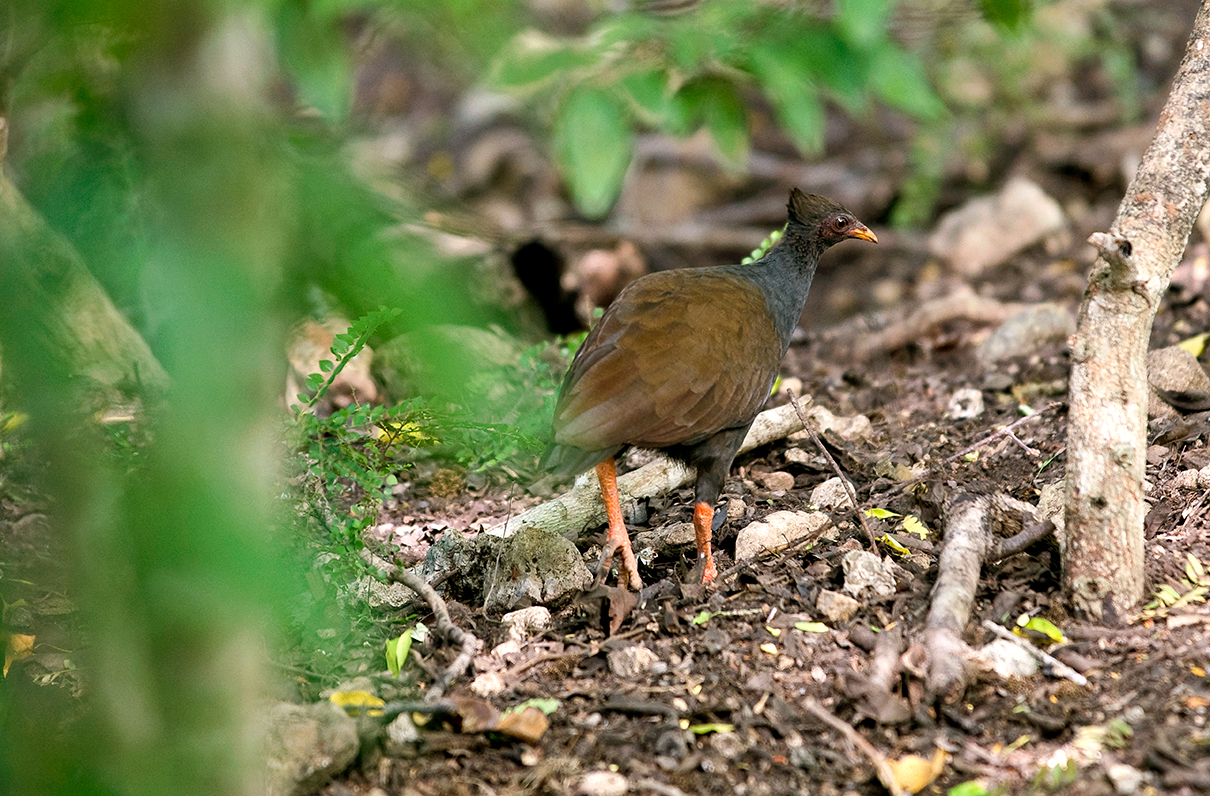Stories of unexpected typhoons, thick, impenetrable mangrove forests, and mosquito-infested sweltering South Pacific cays are the stuff of Naval lore. But for Anwar Khan, a project manager with U.S. Navy consulting firm HDR, all those long-known but typically surmountable force obstacles came to bear anew in 2013 as he organized a civilian mission to the uninhabited volcanic island of Sarigan in the Marianas. Over three years, a field crew helicoptered in and camped for up to four weeks at a time while gathering life history data on a federally endangered chicken-like bird called the megapode.
“One of the challenges was putting highly qualified specialized biologists - this is a very unique bird species so we had to find experts on these types of birds and studies - on a small uninhabited island, first for 10 or 12 days, then the second season two weeks, then the third season as much as four weeks,” explains Khan. “We had one season when the typhoon was coming, and we had to scramble to get the team off.”
As if the conditions weren't difficult enough, the megapodes did their best to evade the teams of biologists, but the biologists succeeded in the end. The team even befriended one bird whom they nicknamed “Frank.”
“They're very cryptic, which is one reason why there is very little known about their biology,” says Naval Natural Resources Management Specialist Frans Juola from the U.S. Pacific Fleet. “They will lay eggs and then leave them. And they'll find places to place eggs either in a burrow or they may construct a vegetation mound or they'll use heat from a volcano sometimes.”
Chicks “hit the ground running” with no parental care at all.
“For a lot of reasons related to its biology and what we call its life history, there's very little known about it,” Juola adds. “They're very difficult to study and to observe what they're doing.”
Frank is only one of many species under service study today. From the South Pacific to the California desert and the poles, the uniformed services have an invested interest in the natural environment, by law and as a measure of responsible operation. Biologists are engaged not only for DARPA-like ends but also to ensure the stability of military programs and resources. Longleaf pines, Micronesian megapodes, and many others lend a special character to bases and contribute to land management, base pride, and realistic military training, too.
Read more about DoD's plant and wildlife studies in March issue of Military Officer.
